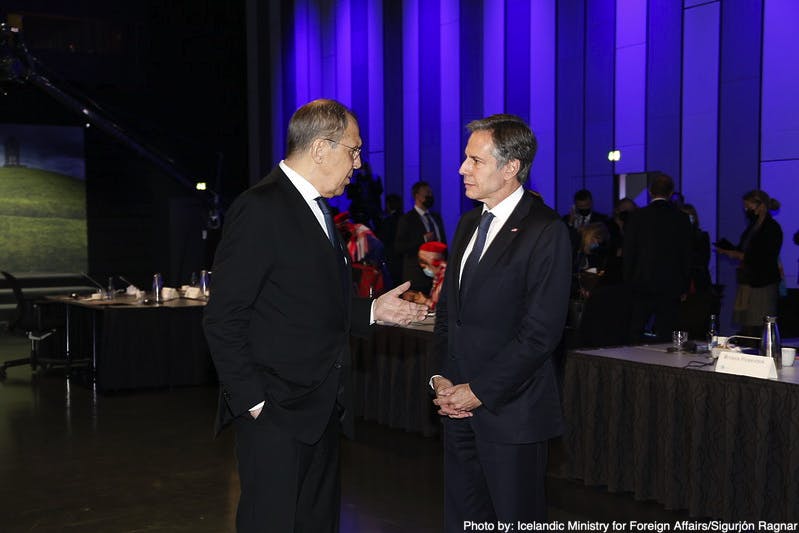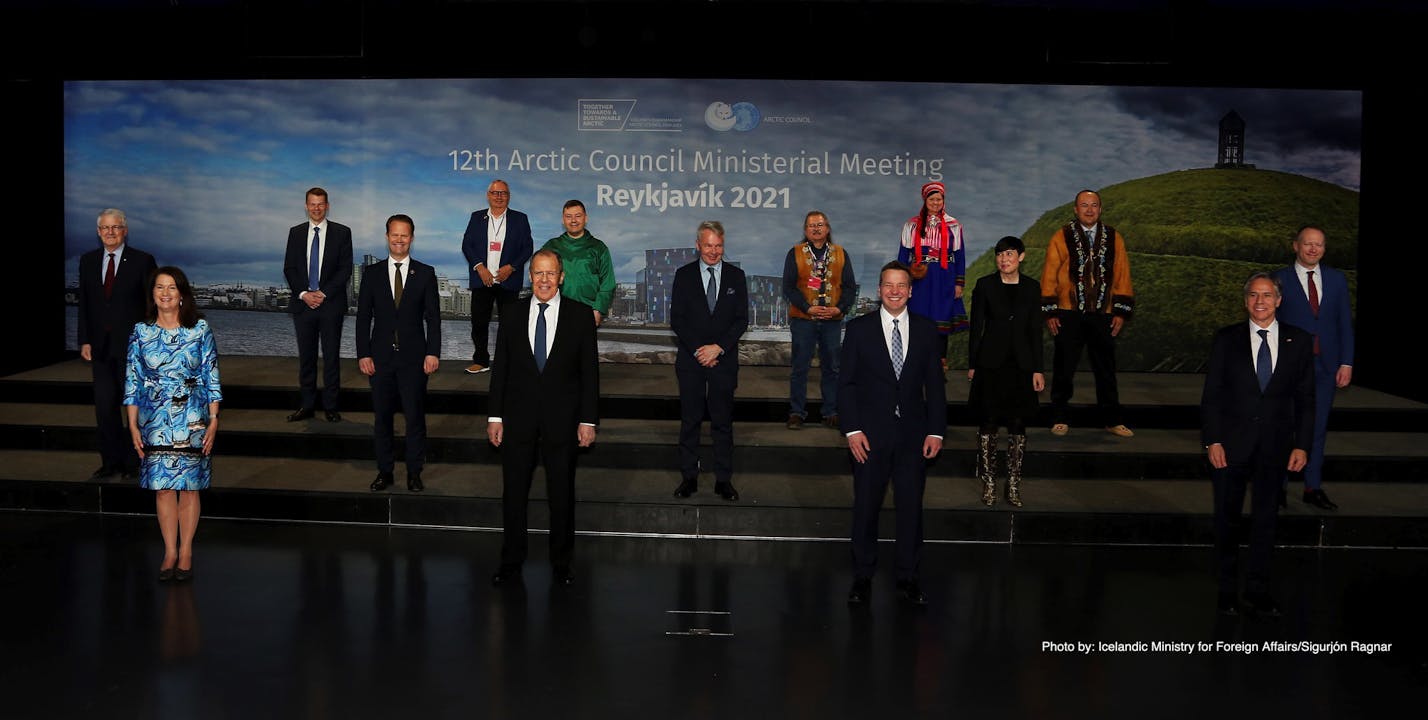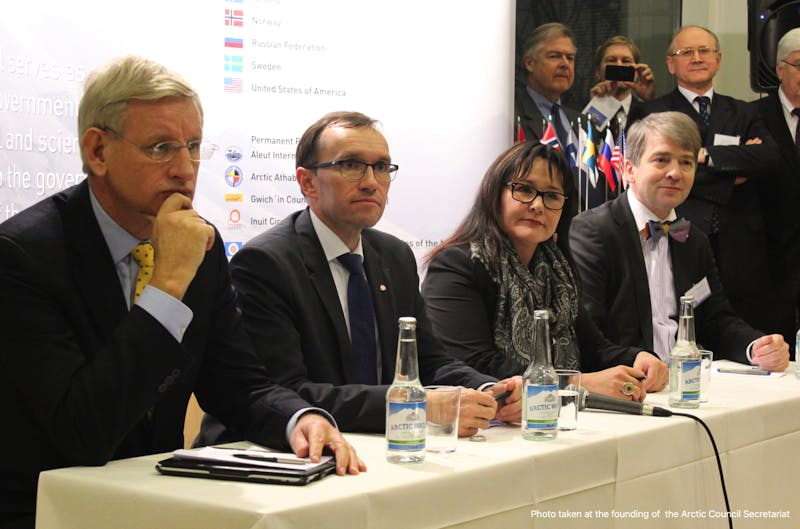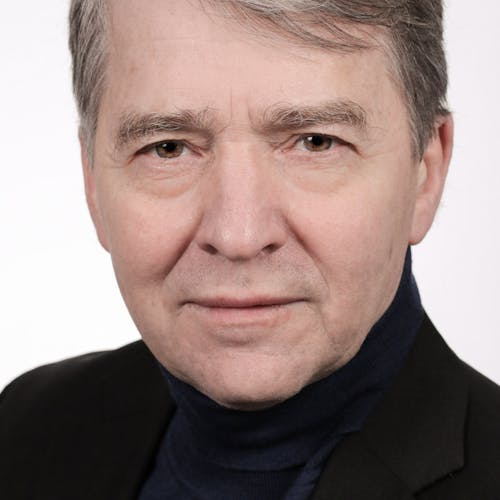Introduction
The Arctic Council was established to promote sustainable development and environmental protection in the Arctic Region. It has provided effective cooperation between the eight Arctic States with many tangible results. The Council is not founded on a treaty or legally based commitments. It was established as a high-level intergovernmental forum by a declaration signed by the Foreign Ministers of the Arctic States.
Why has the Arctic Council been so effective in promoting measures at different levels in addressing environmental protection and sustainable development in the Arctic? Decision making informed by science, indigenous knowledge, and the inherent structure for dialogue between scientists and policy makers has been the key.
Structure and method of work
The Arctic Council cooperation is based upon a consensus-building approach. Decisions cannot be taken by the Council unless there is consensus among all the Arctic States. This might be seen as a weakness. However, given the structure of the Arctic Council, this has indeed turned out to be a major strength.
The Arctic Council works at three levels. These are the Ministerial level, the Senior Arctic Officials level, and the working group level. At all these levels the consensus principle prevails.
Every two years the Council meets at the Ministerial level. These meetings are usually attended by Foreign Ministers of the Arctic States. Each Ministerial meeting marks the end of one Chairmanship and the beginning of another. The Ministers receive reports and recommendations from the Council ́s subsidiaries. They decide upon new priorities and follow-up with the Arctic States. A detailed work plan for the next Chairmanship period is approved and highlights of the past and ongoing work recorded by the Ministers.

At the second level, Senior Arctic Officials (SAOs) meet at least twice a year to monitor and guide the Council’s work including the scientific and the fact-finding work. SAOs are generally high-ranking officials, ambassadors, from the Foreign Ministries. They take their mandate from the Ministers. The dialogue that takes place between SAOs and the scientists from the third level is of high significance and central for consensus building for the informed decision making in the Council.
At the working group level, the council has 6 permanent working groups and a varying number of expert groups. Sometimes special Task Forces are established for urgent tasks to be completed between Ministerial meetings. The working groups are responsible for the scientific and technical work which is carried out by scientists and indigenous representatives from the Arctic States. Experts from observers to the Arctic Council do also contribute to the work. Monitoring and assessment of developments in the Arctic Region is central to the work of the working- and expert groups. The work often leads to recommendations to the Ministers on measures to mitigate adverse effects of the findings, or – if it is more appropriate – for further work on the issue. However, before such recommendations go to the Ministers, they are discussed at the SAO level between scientists from the working groups and the senior officials who represent the Ministers. Recommendations that have been developed by consensus of scientists or technical experts with input from indigenous representatives and adopted by the SAOs are most frequently approved by the Ministers.
Scientific and fact-finding work is largely carried out in the working groups, expert groups, and Task Forces of the Arctic Council. This has been the mainstay of the Council’s work. When the Arctic Council was established in 1996, knowledge of the natural environment in the Arctic region was limited. The Arctic Council has changed that. Regular dialogues between the scientific experts, indigenous peoples with their local and traditional knowledge, and high-level officials of the Arctic States have helped to ensure successful developments. The presence of the Arctic indigenous peoples has strengthened the Arctic Council in its decision making and enhanced the political discussions. Traditional knowledge and science have been mutually supportive.
In addition to the state’s representatives and the Permanent Participants, the Arctic Council has a number of Observers that are encouraged to contribute substantially at the technical working level of the Council. Today there are 38 observers, 13 states, 13 international organizations and 12 non-governmental organizations. Observers contribute primarily to the work in the working groups and can support motions by the Arctic States in International Organizations regarding Arctic issues.


